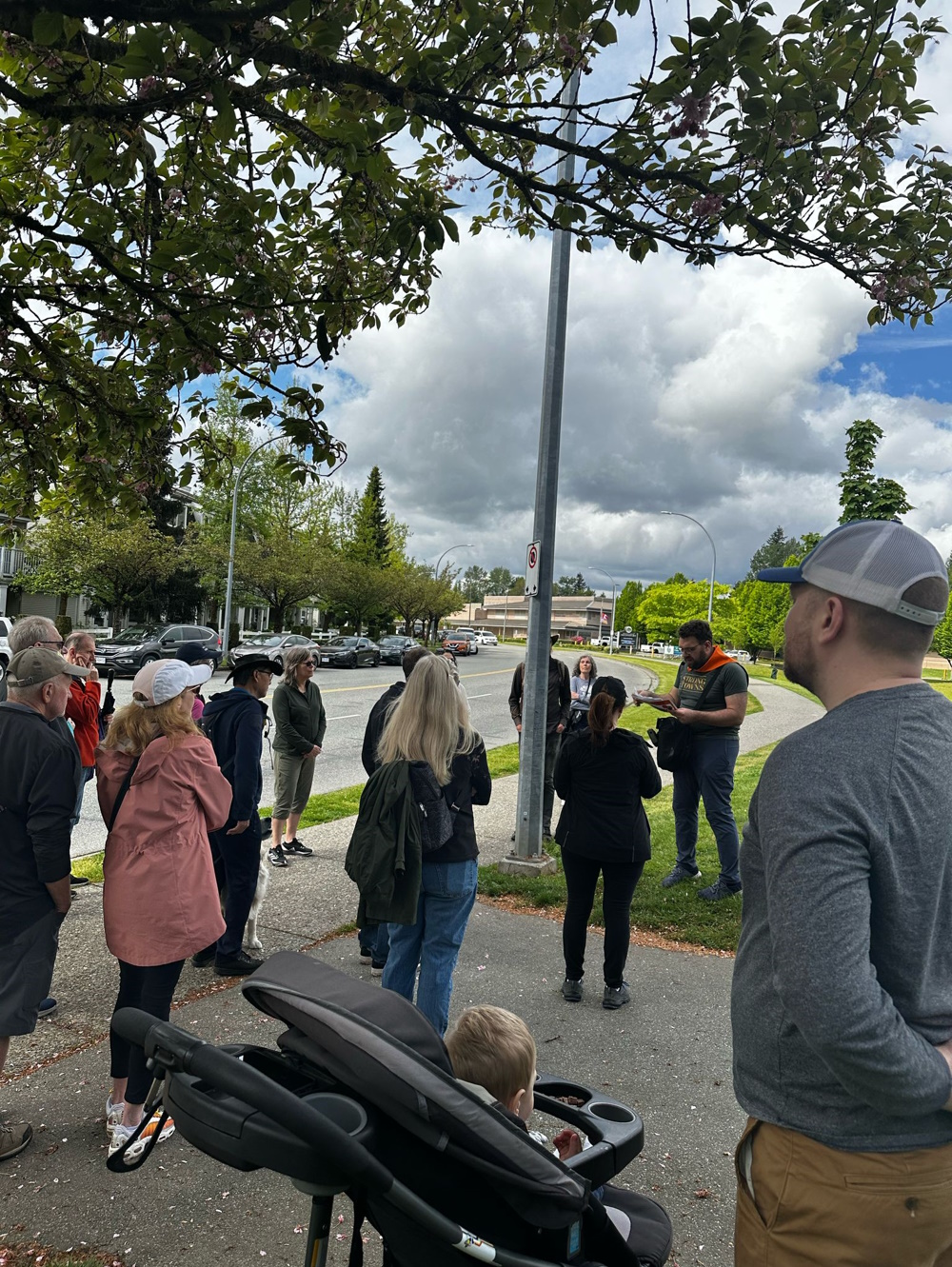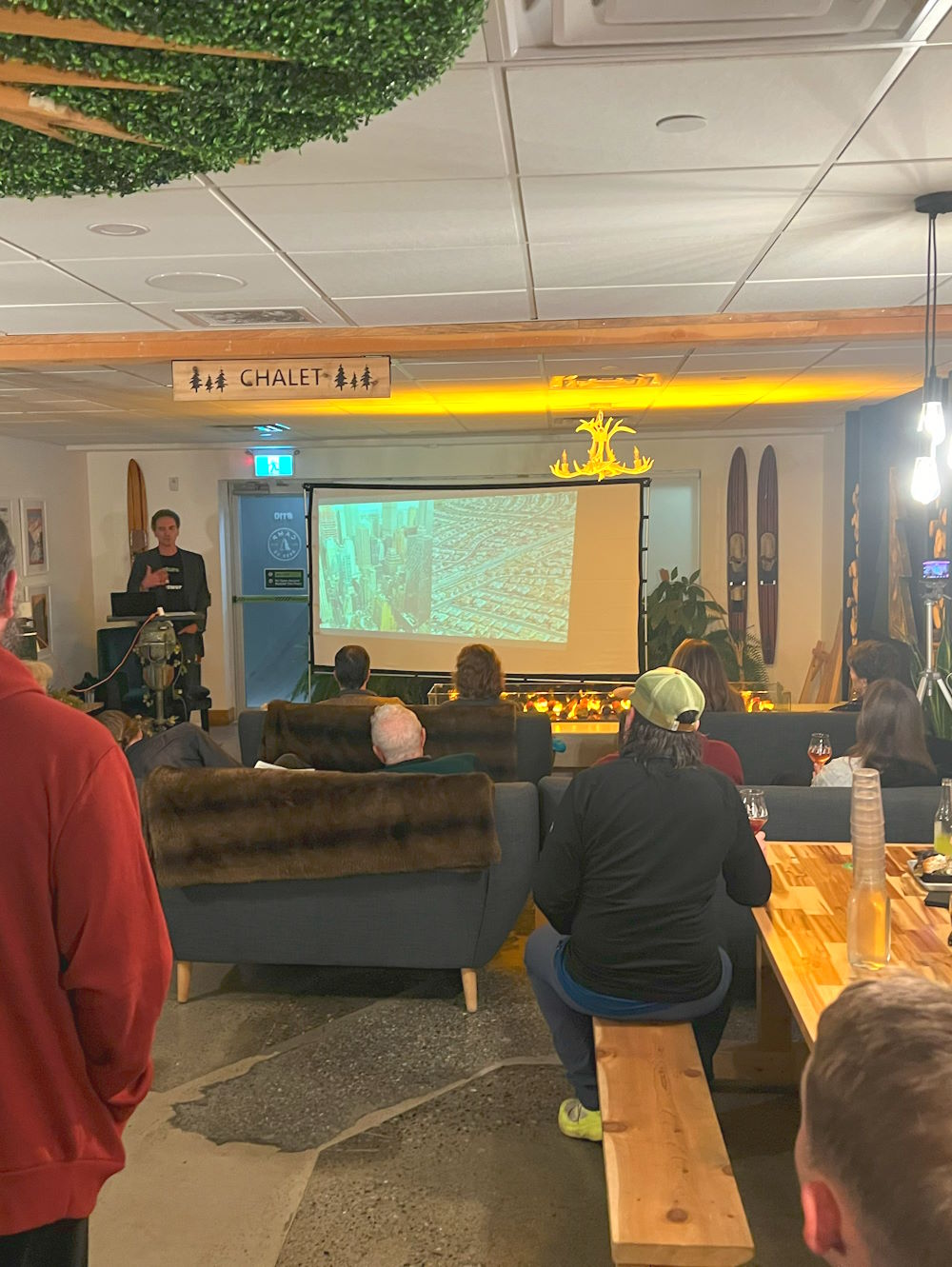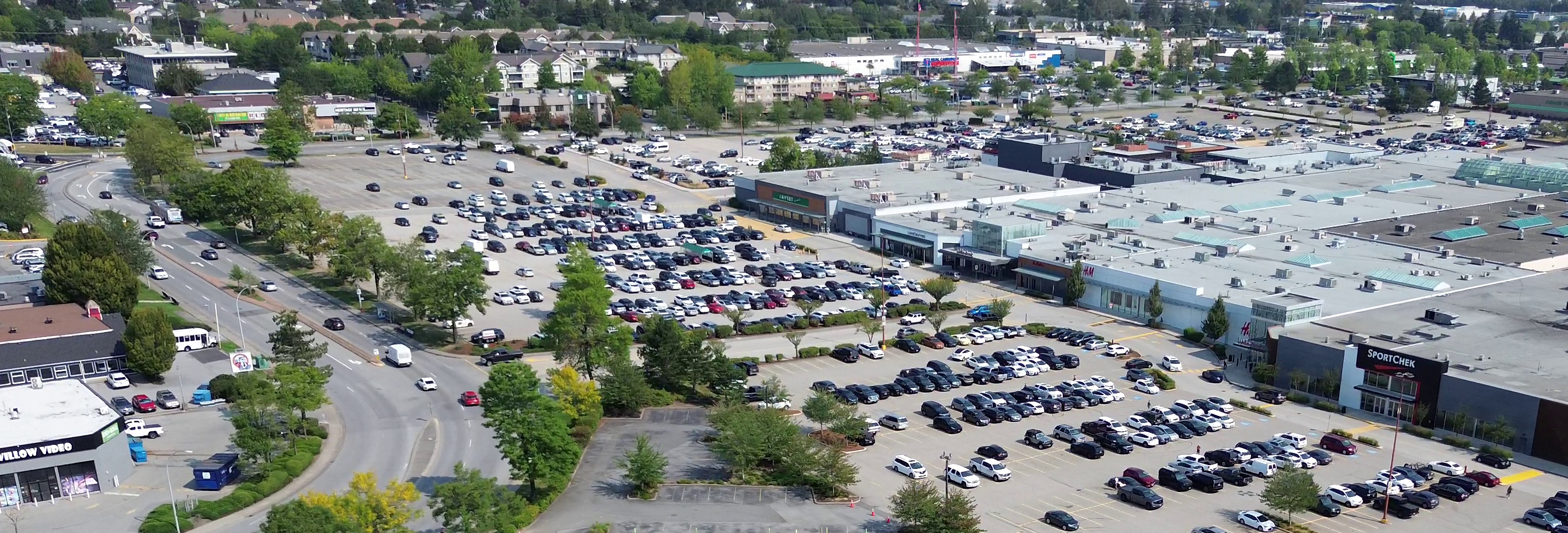
Our Current Pattern
Langley's conventional development has prioritized cars over people, resulting in large parking lots, wide roads, and separated land uses. We need to move away from this, towards a more financially responsible, sustainable and people-oriented approach.

New Opportunities
Projects like Latimer Heights demonstrate that mixed-use, walkable development can succeed in Langley. As we plan new neighbourhoods, we have the opportunity to learn from successful examples around the world to create places that better serve people of all ages and abilities.
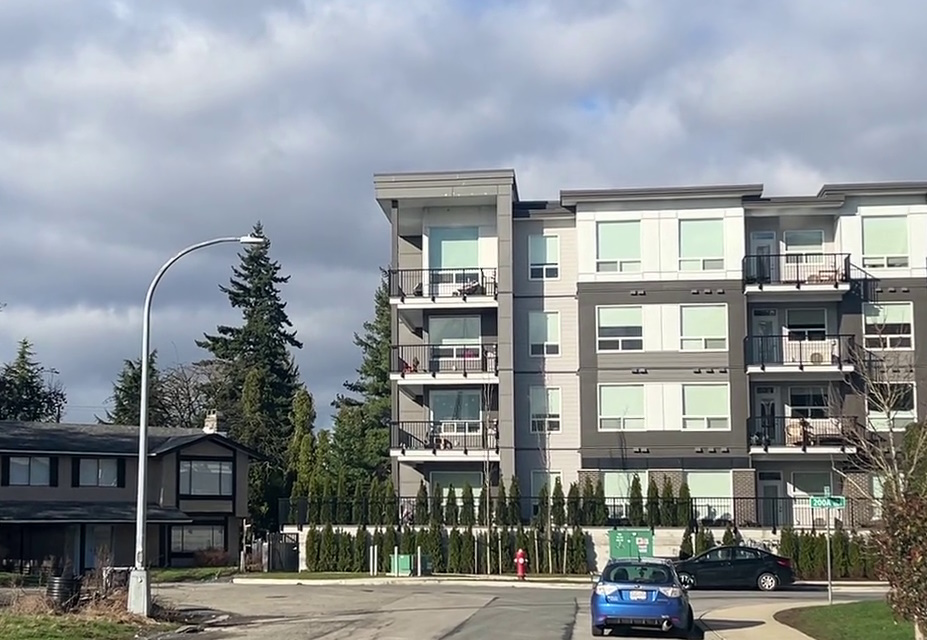
Incremental Transformation
Many areas, Langley City in particular, are beginning to undergo urbanization through infill development and densification. These case studies show how we can guide this transformation in successful and proven ways.
Case Studies

Netherlands
The Netherlands offers exceptional examples of people-oriented urban planning, from cycling cities like Houten to traditional-inspired new towns like Brandevoort and Weespersluis. Dutch approaches create safe, vibrant communities where walking and cycling are prioritized.
- Innovative cycling and pedestrian infrastructure
- Traditional urban design principles in modern contexts
- People-centered planning that prioritizes quality of life
- Mixture of housing types with community amenities
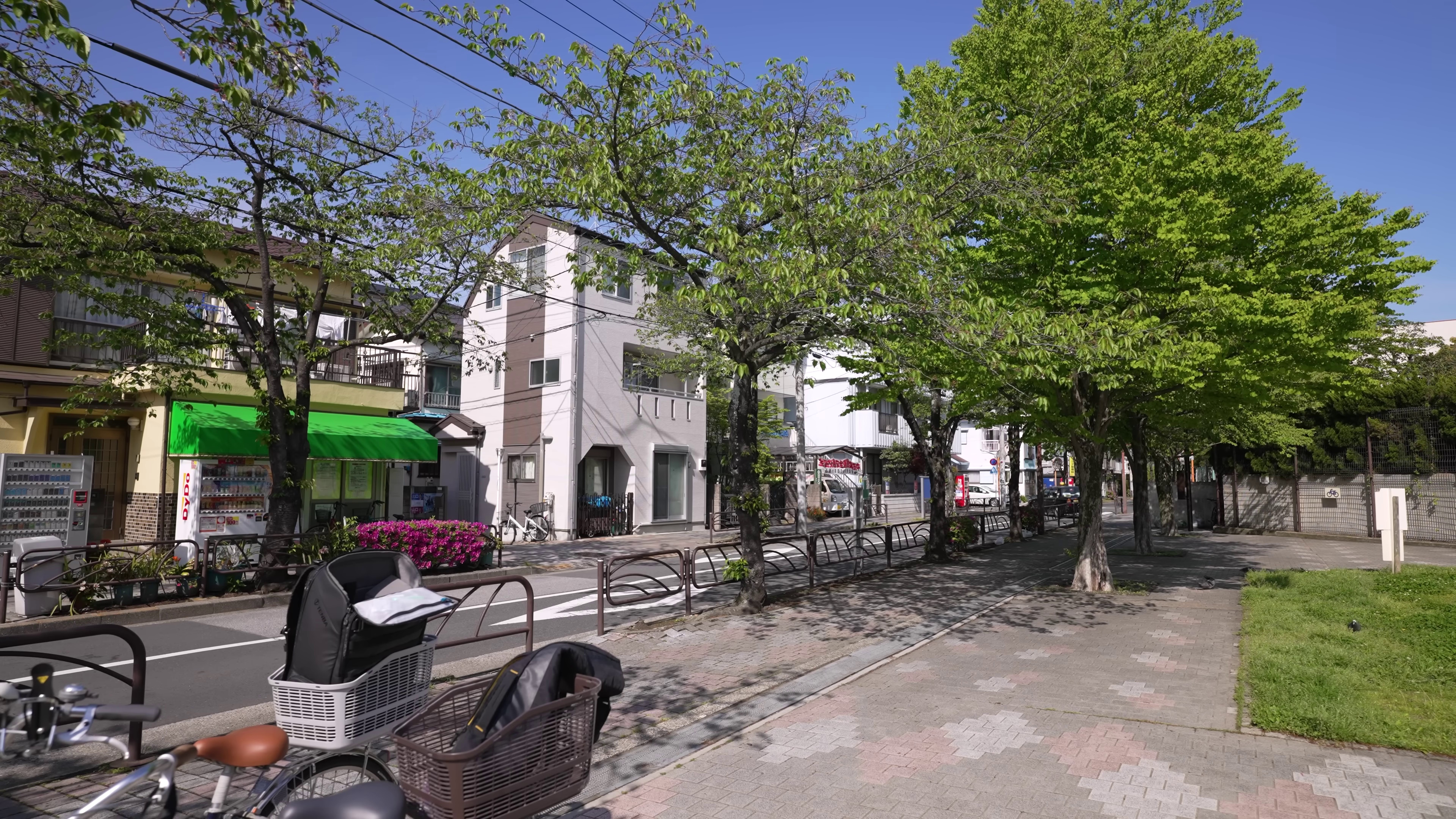
Japan
Japan's approaches to urban planning create vibrant, mixed-use communities with excellent transit, walkable neighbourhoods, and innovative housing designs that balance density with livability.
- Urban zoning that encourages mixed-use development
- Transit-oriented communities with convenient daily amenities
- New town developments like Seishin New Town
- Housing diversity with North American-inspired elements
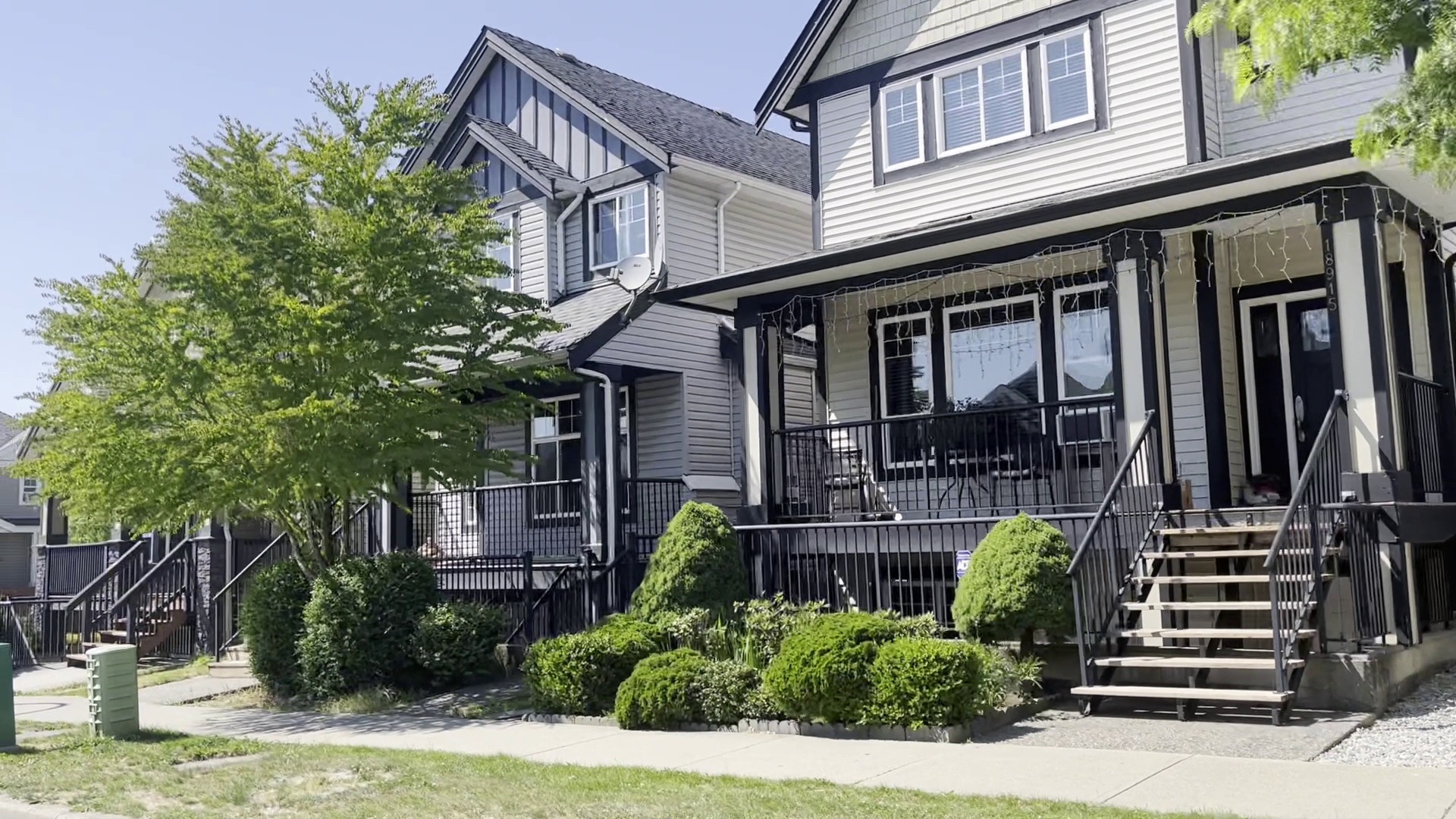
Canada
Canadian examples of sustainable neighbourhood development that demonstrate how Strong Towns principles can be successfully applied in a North American context, featuring innovative housing types and walkable design.
- Coach houses and basement suites for housing diversity
- Mixed-use integration in residential areas
- Grid street patterns with rear lanes
- Transit-oriented development and complete communities
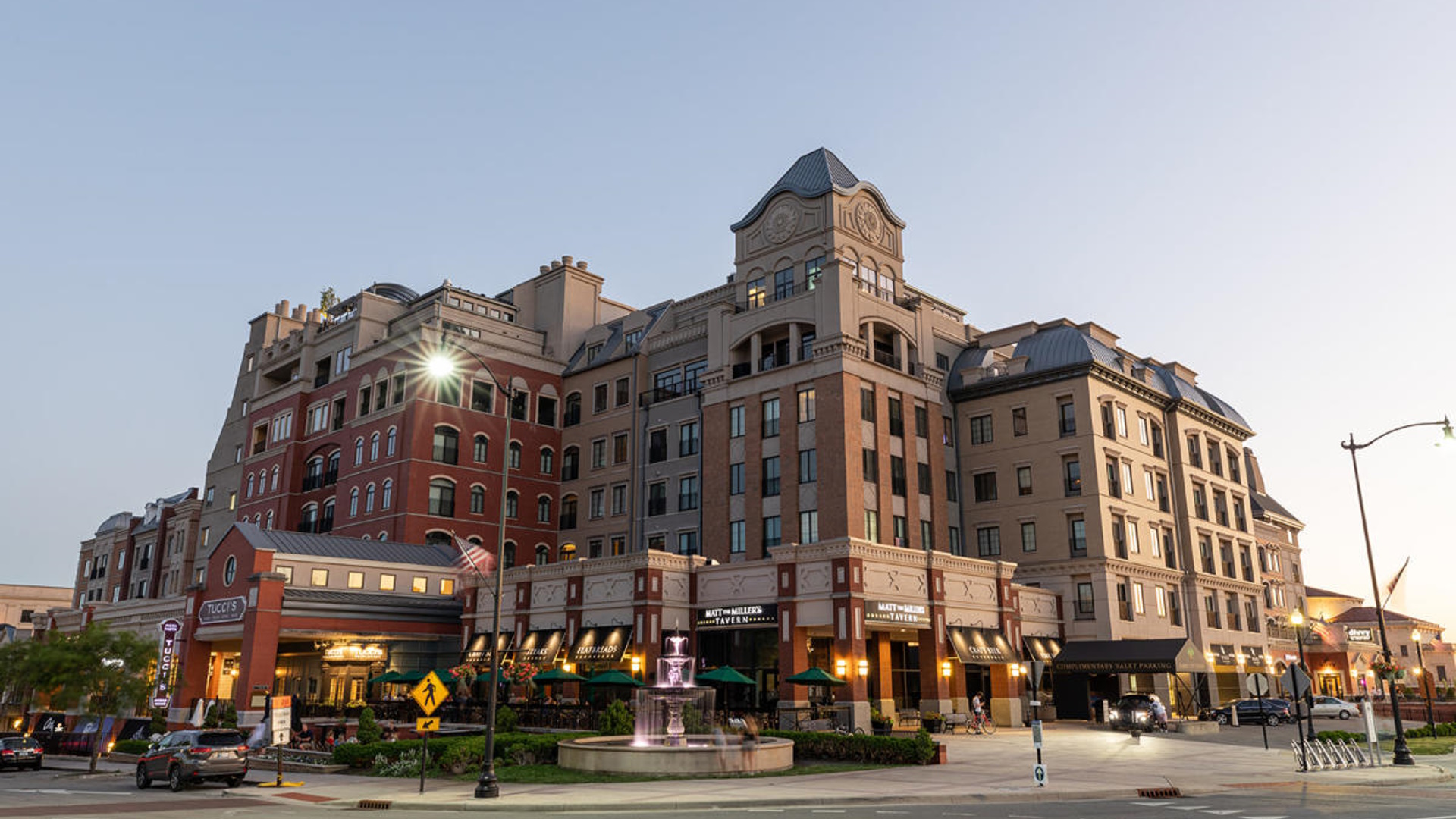
USA
American examples of suburban transformation and innovative development that show how conventional suburban areas can be reimagined to create walkable, mixed-use centers that enhance quality of life and economic resilience.
- Transformation from typical suburb to walkable town centers
- Public investments in gathering spaces and infrastructure
- Traffic calming and improved safety measures
- Mixed-use developments with ground floor retail
Understanding Case Studies
These case studies provide valuable insights into how different communities have implemented people-oriented planning and development. While each place has its unique context and challenges, there are transferable lessons that can be applied in Langley:
What We Can Learn
- How to create walkable, bikeable neighbourhoods
- Ways to integrate mixed uses for vibrant communities
- Approaches to incremental development
- Methods for prioritizing people over cars
- Strategies for increasing housing diversity
Applying to Langley
- Identify opportunities in existing neighbourhoods
- Adapt successful elements to our local context
- Consider policy changes that would enable similar outcomes
- Develop pilot projects for testing new approaches
- Share these examples with decision-makers and community members
Key Lessons from These Case Studies
People-Centered Design Works
Communities built around human needs rather than car convenience create more vibrant, livable places where people want to be.
Proven Alternatives Exist
These examples aren't theoretical—they're real places that have successfully implemented different approaches to development and are thriving.
Cars Can Be Accommodated Without Dominating
None of these places eliminate cars, but they thoughtfully integrate them in ways that don't compromise walkability or public space.
Incremental Change Is Possible
Many of these places transformed gradually over time, showing how even conventional suburbs can evolve into more complete communities.
About Our Case Studies
These case studies were researched and compiled by Strong Towns Langley Chair, James Hansen, to identify successful implementations of people-first urban design principles that could inform development in our region.
Have a suggestion for a case study we should explore? Know of an interesting example of sustainable, financially resilient urban development?
Contact James directly at james@strongtownslangley.org, find him on our discord, or contact us with your ideas.

James Hansen
Strong Towns Langley Chair

